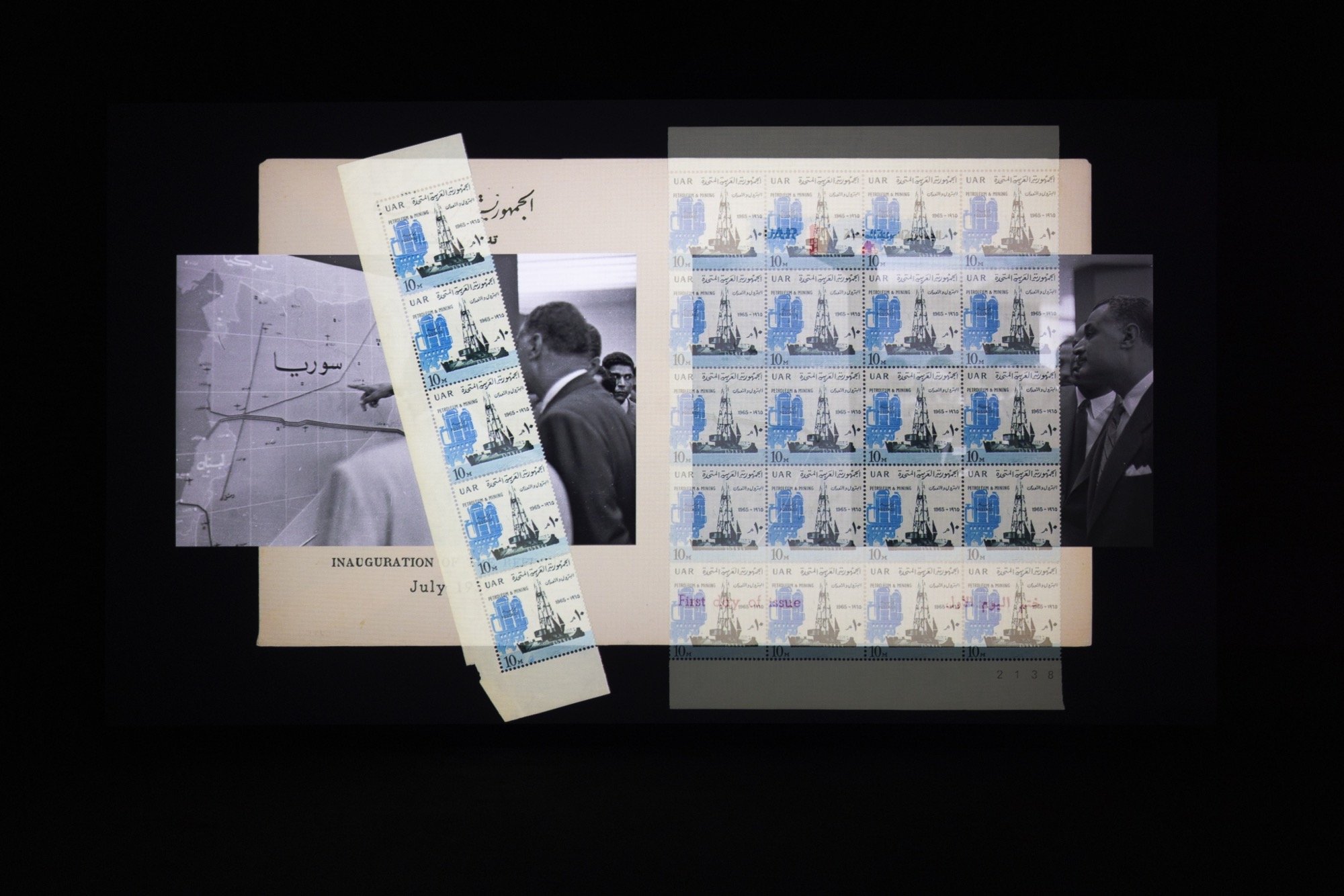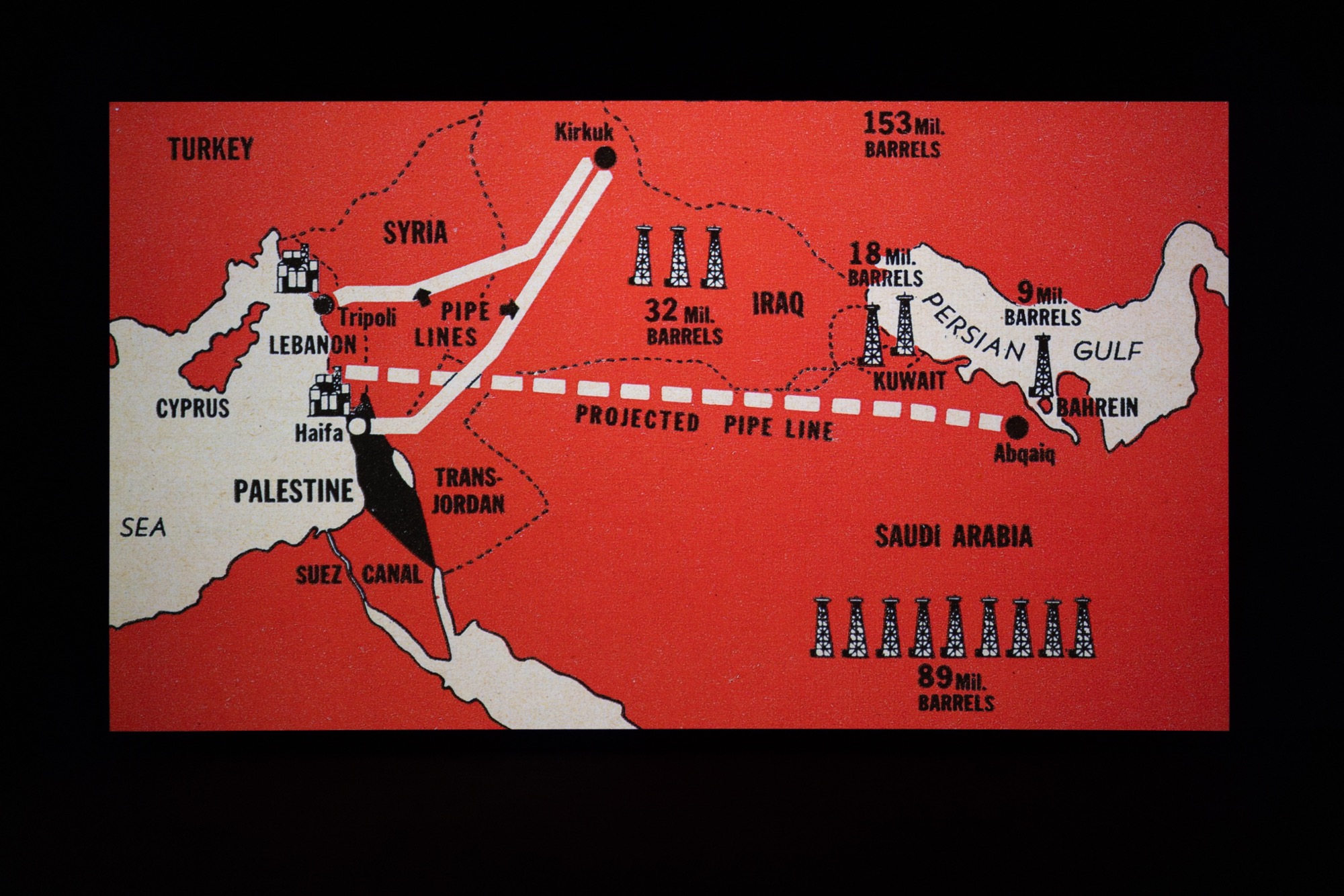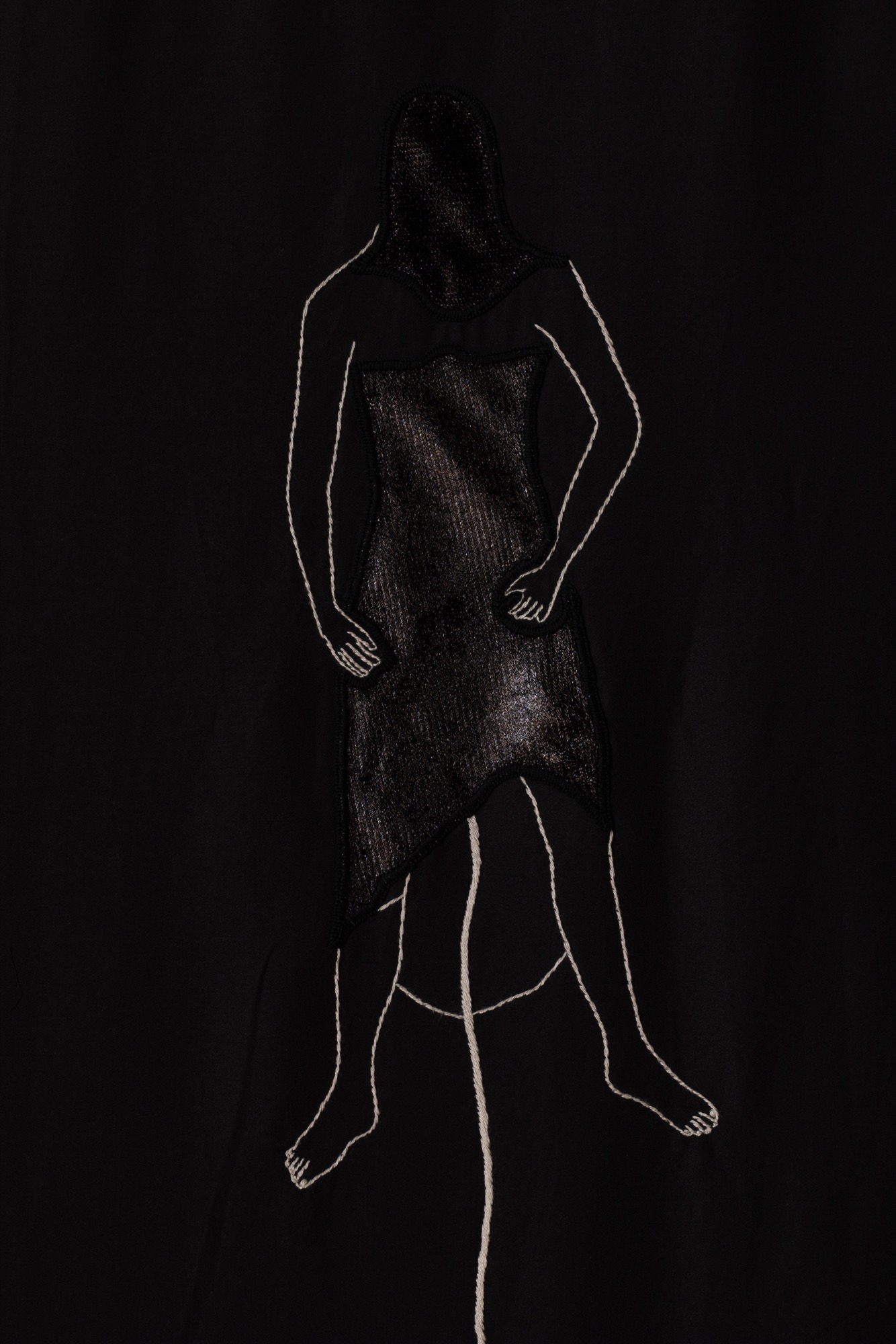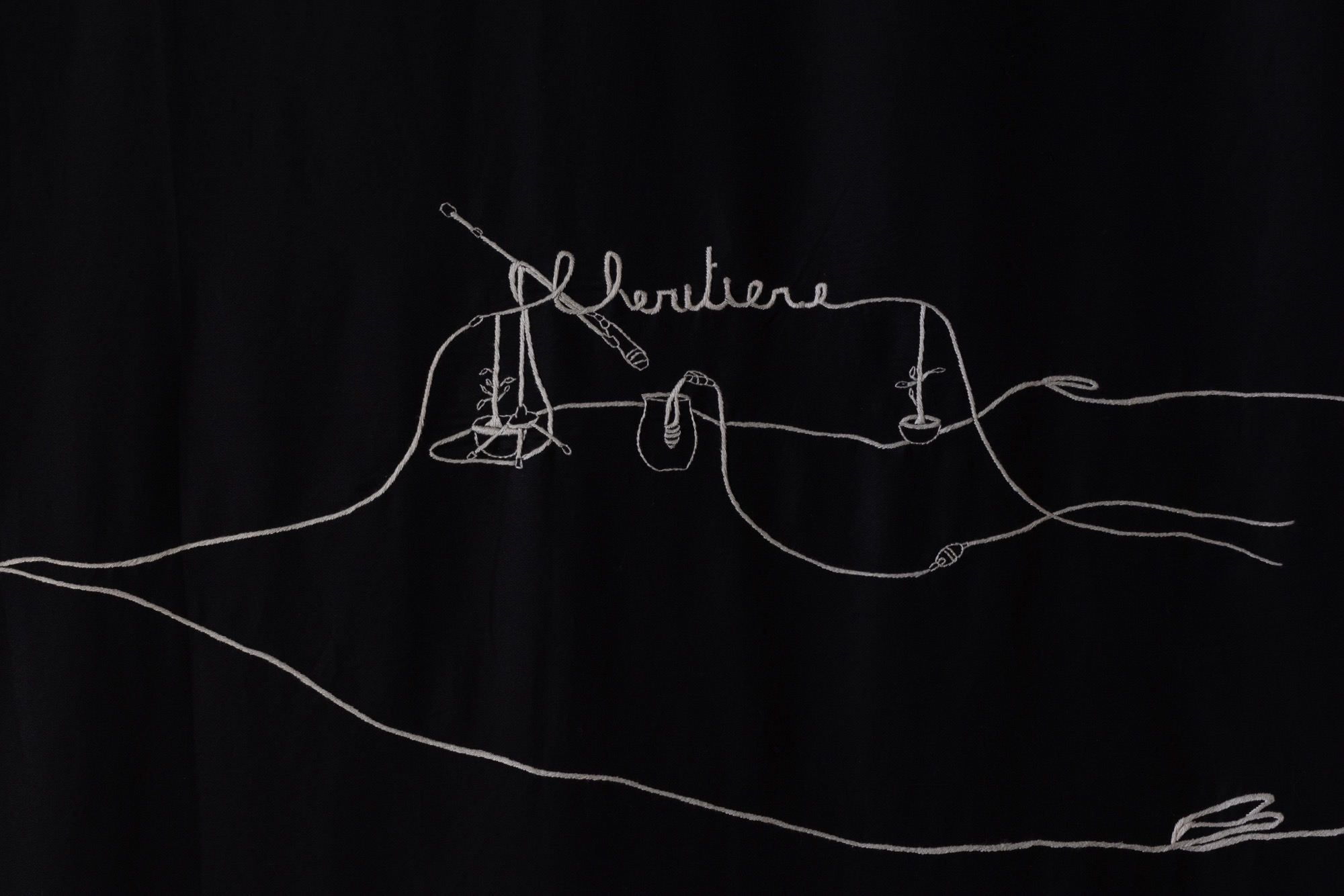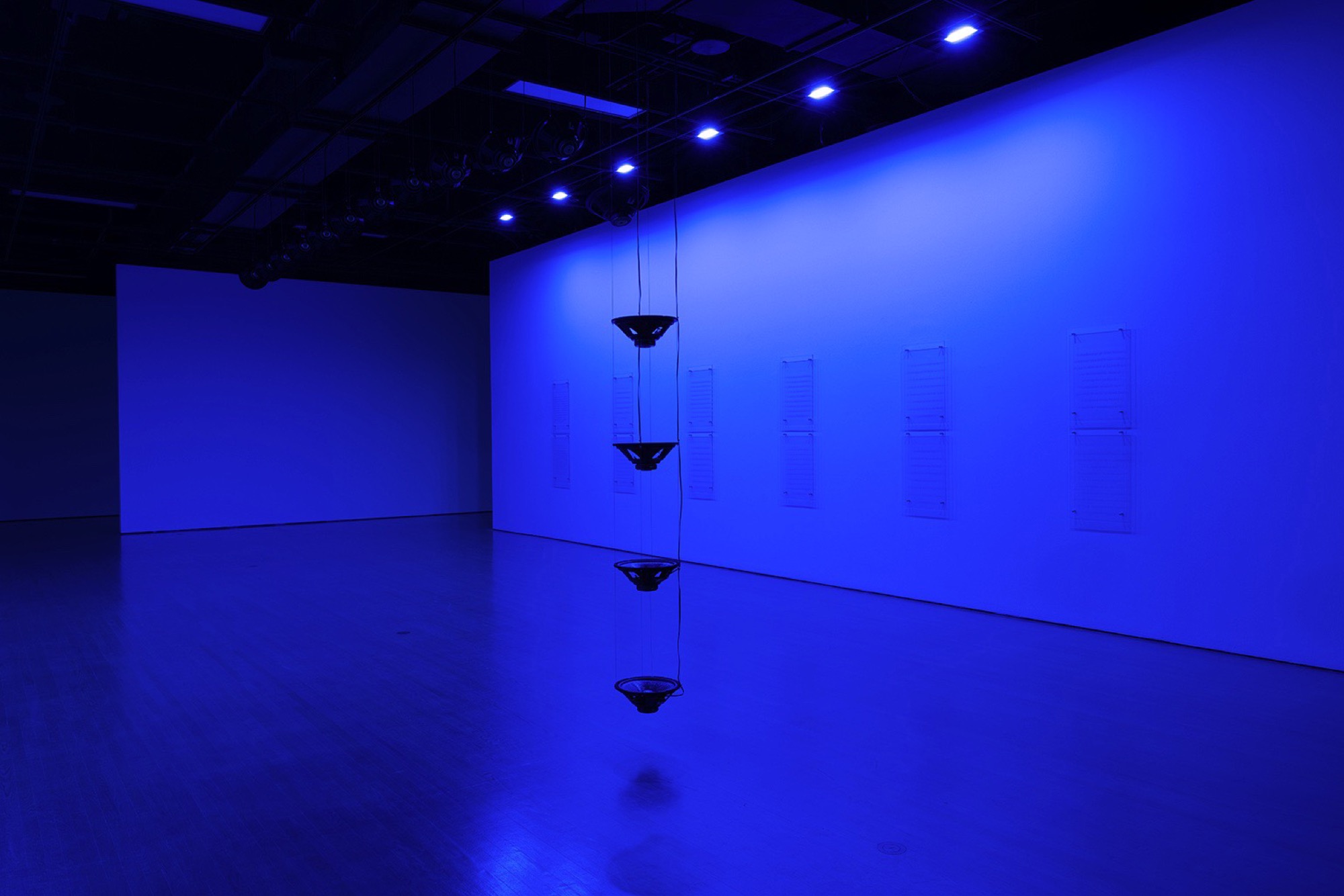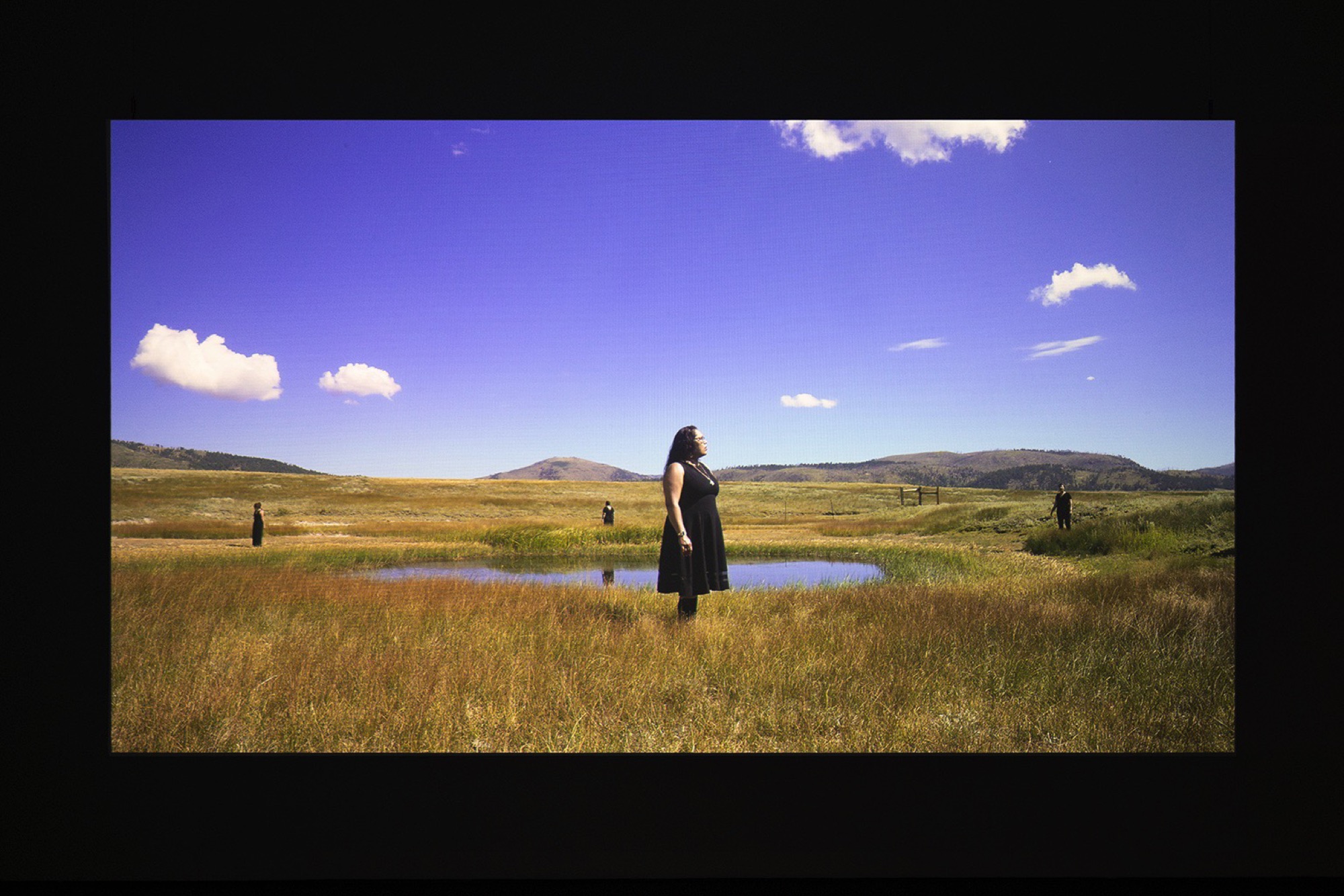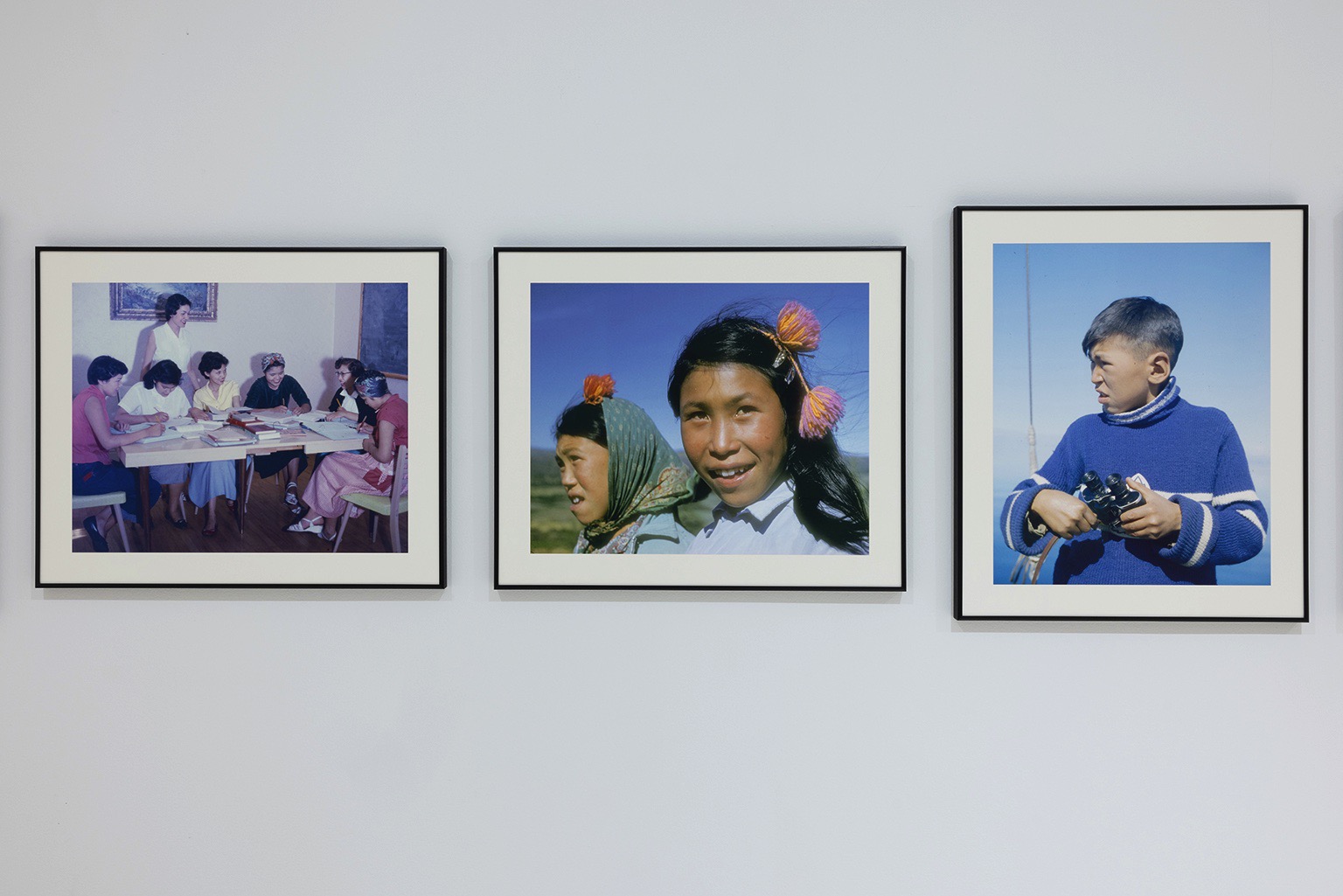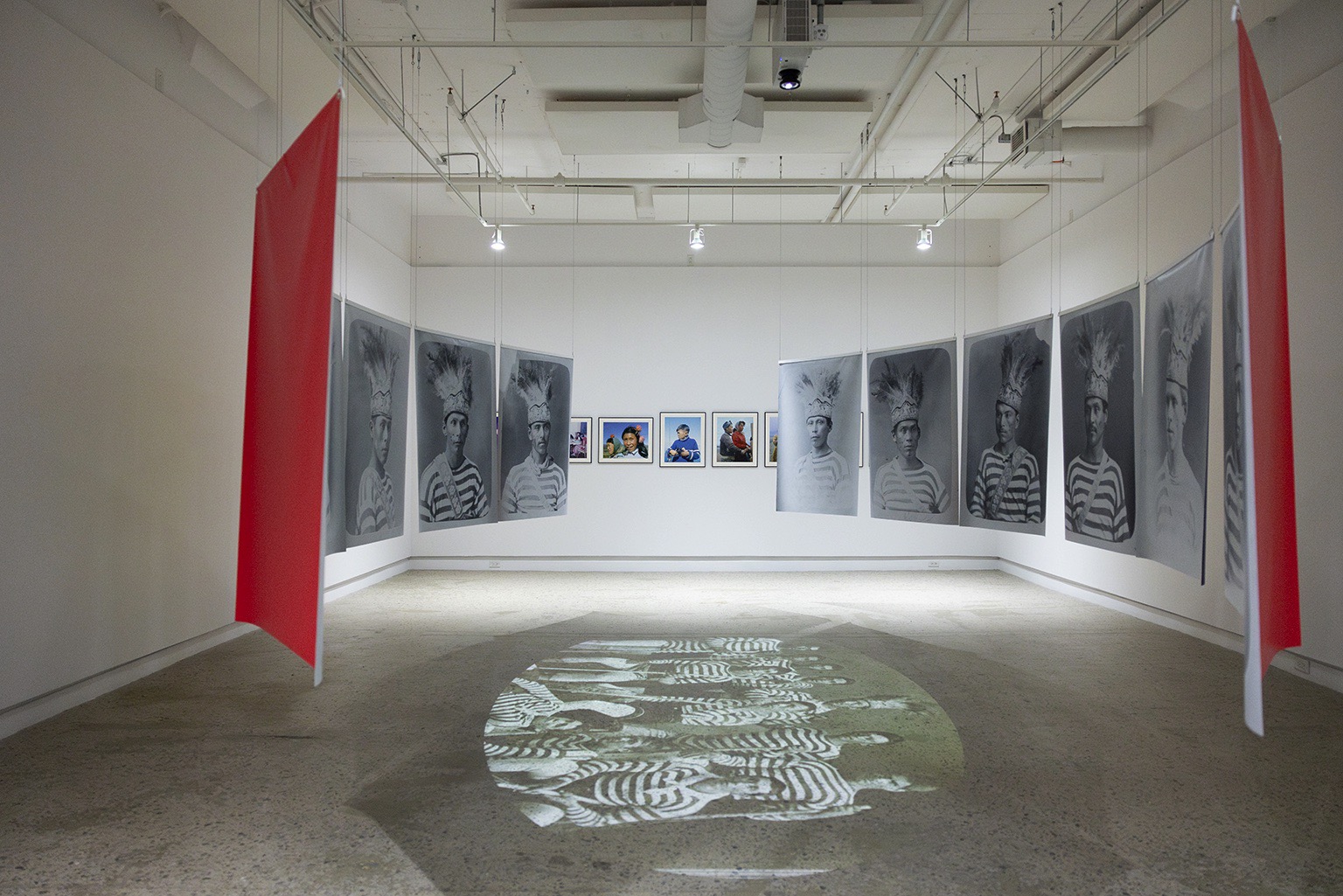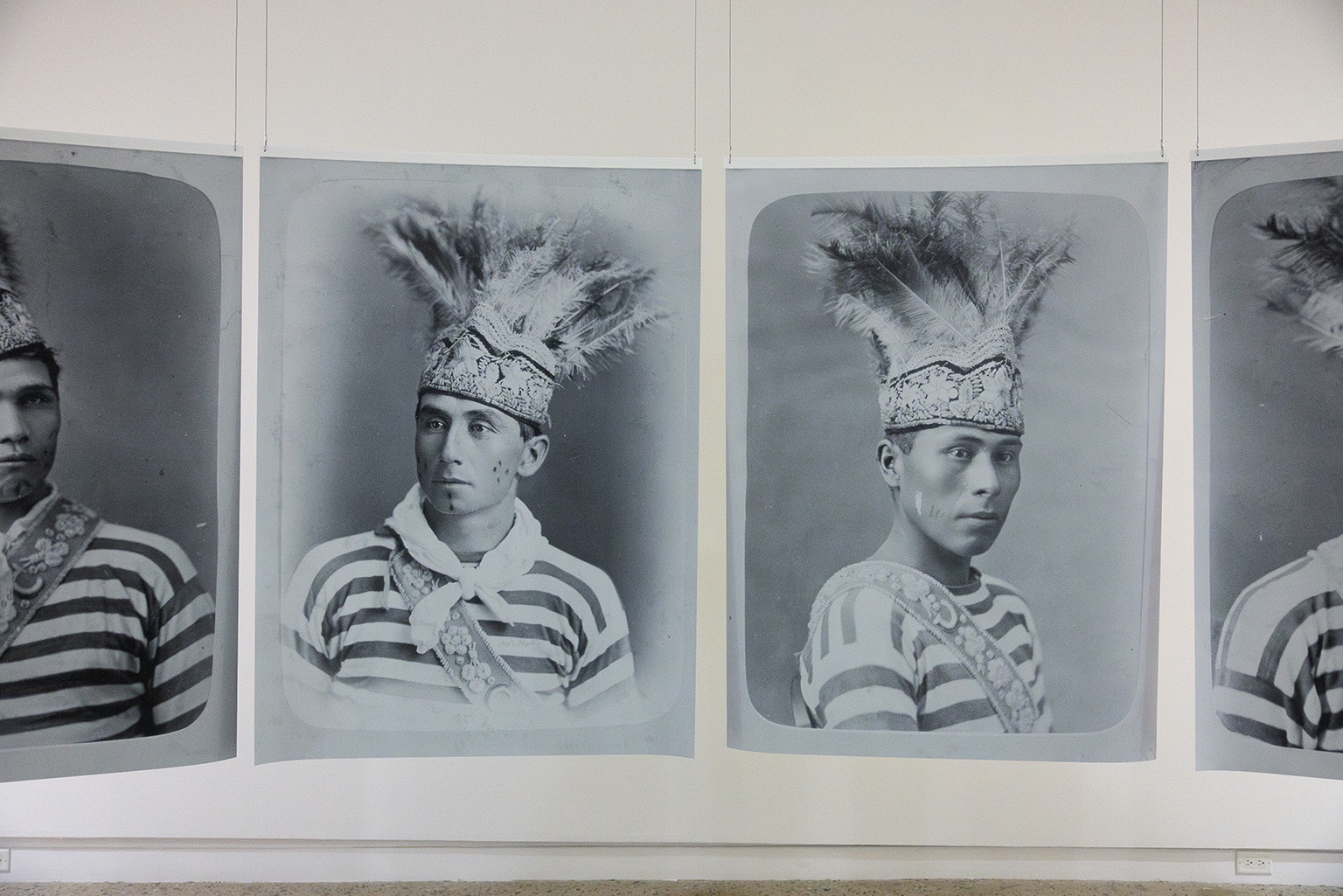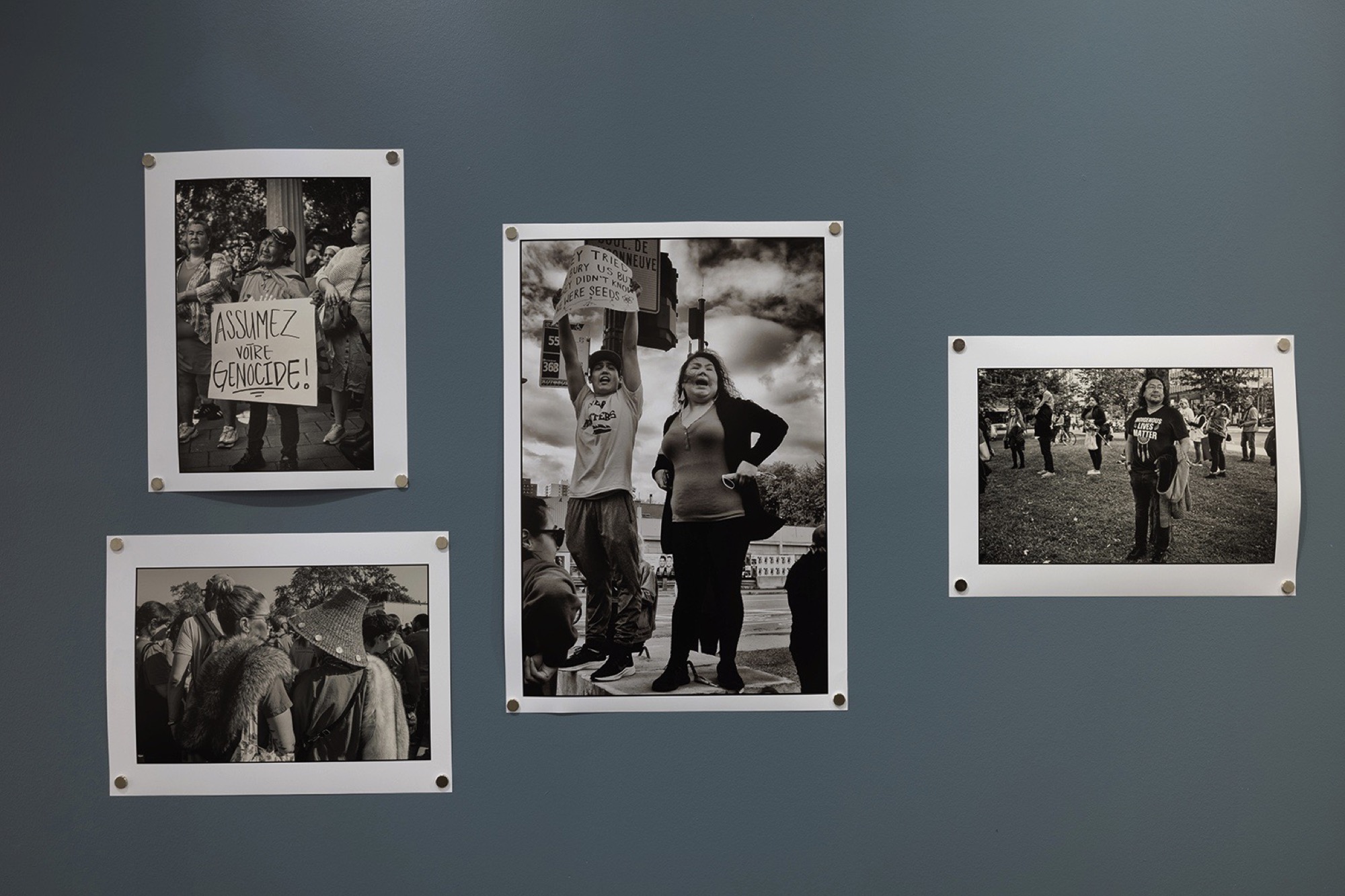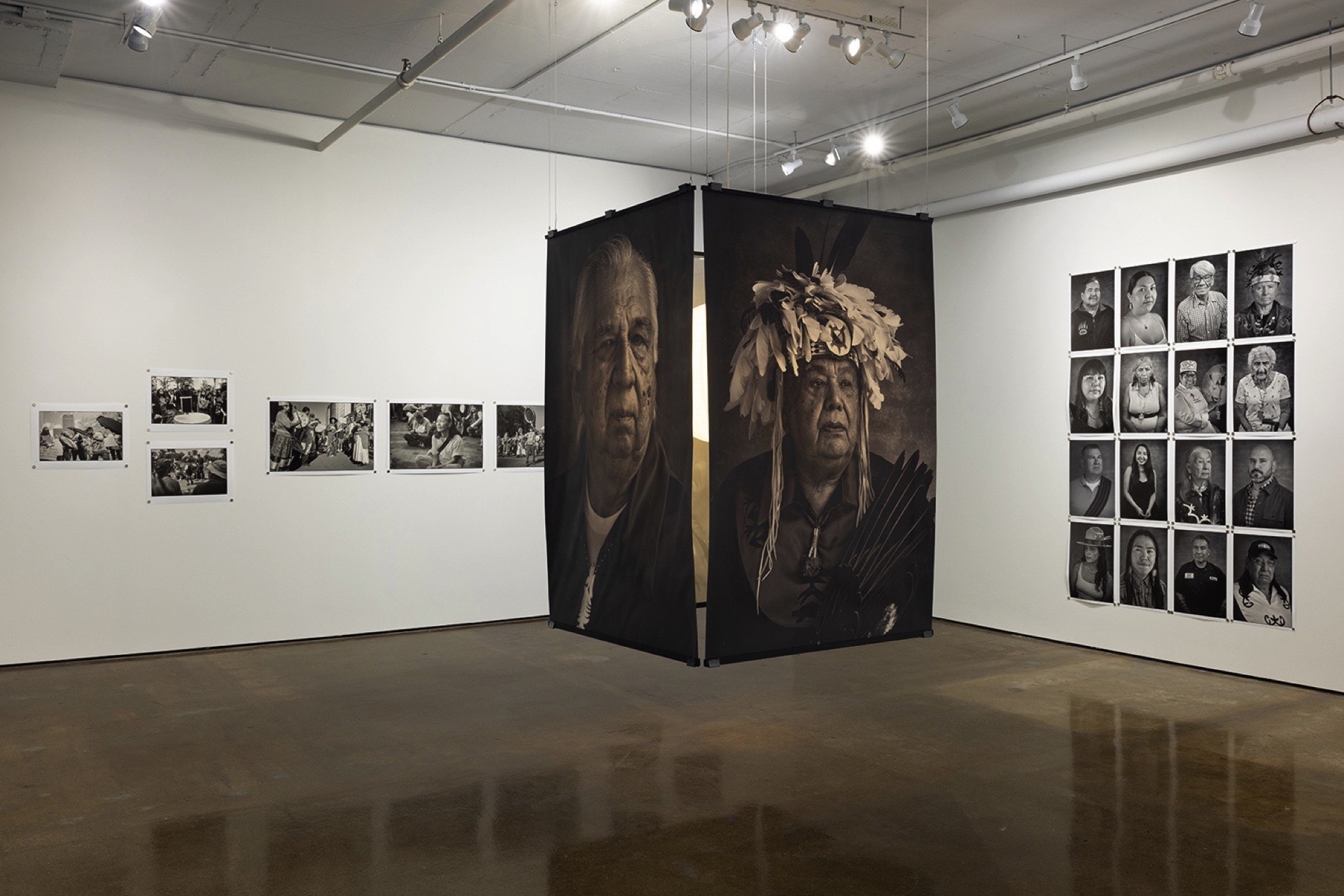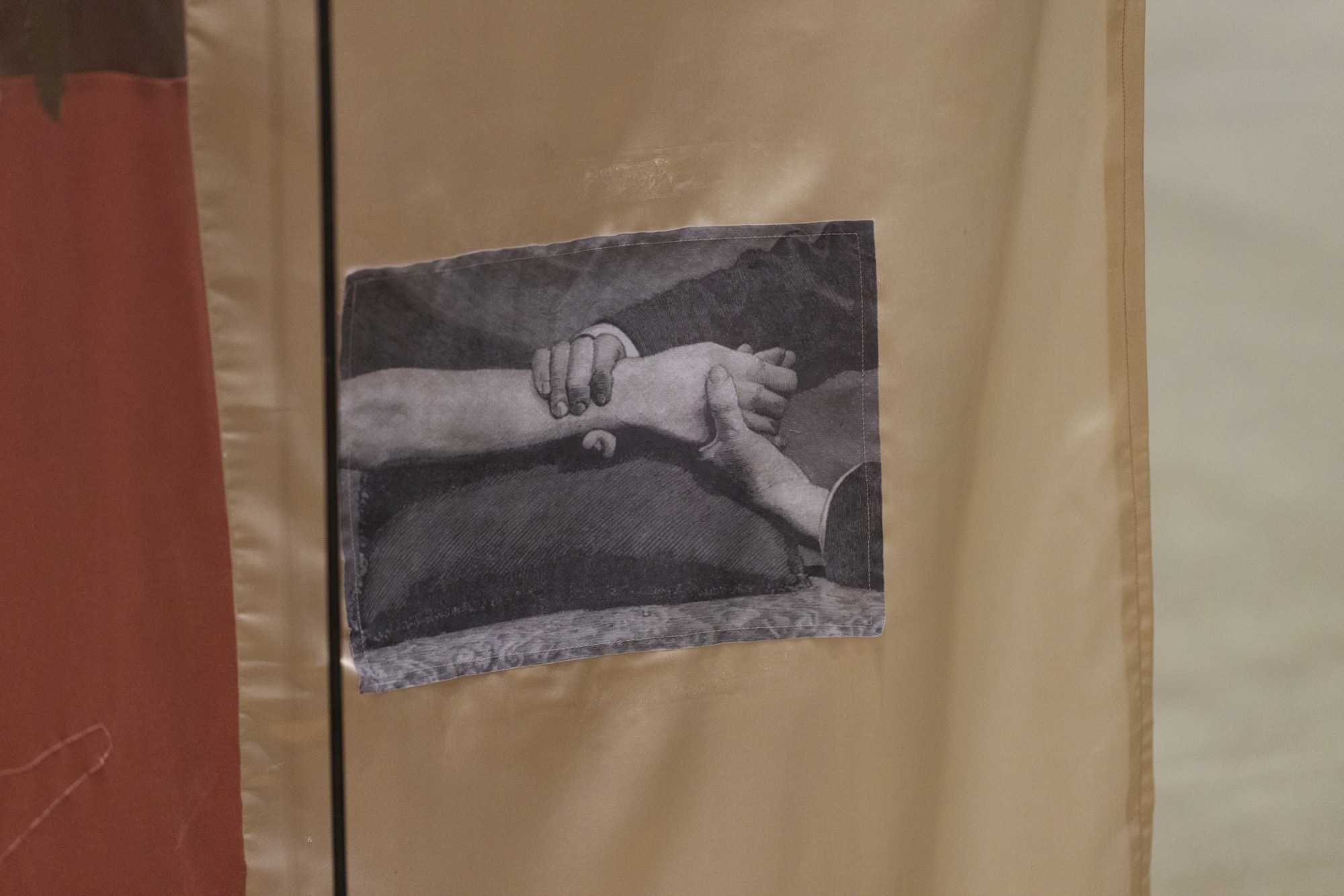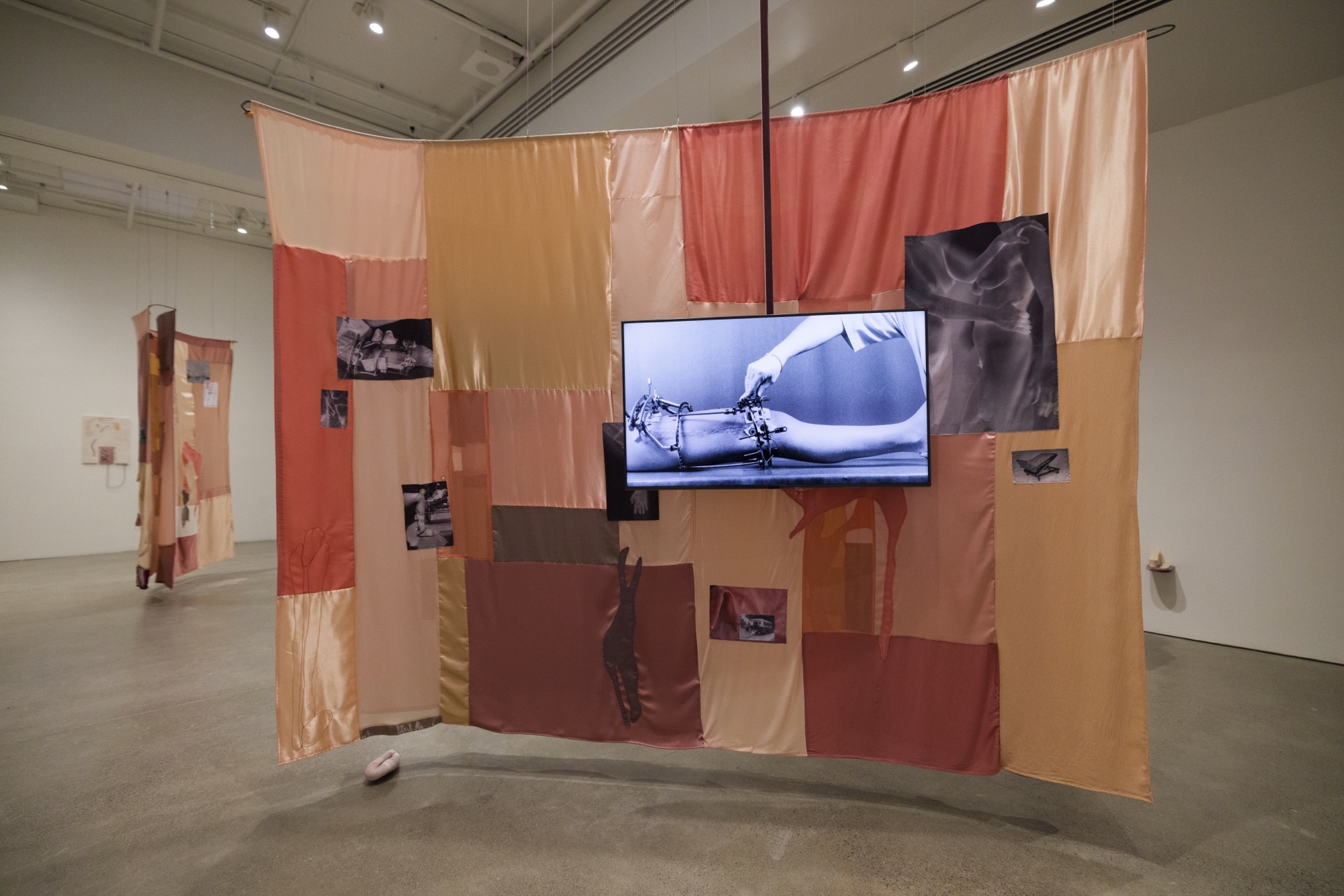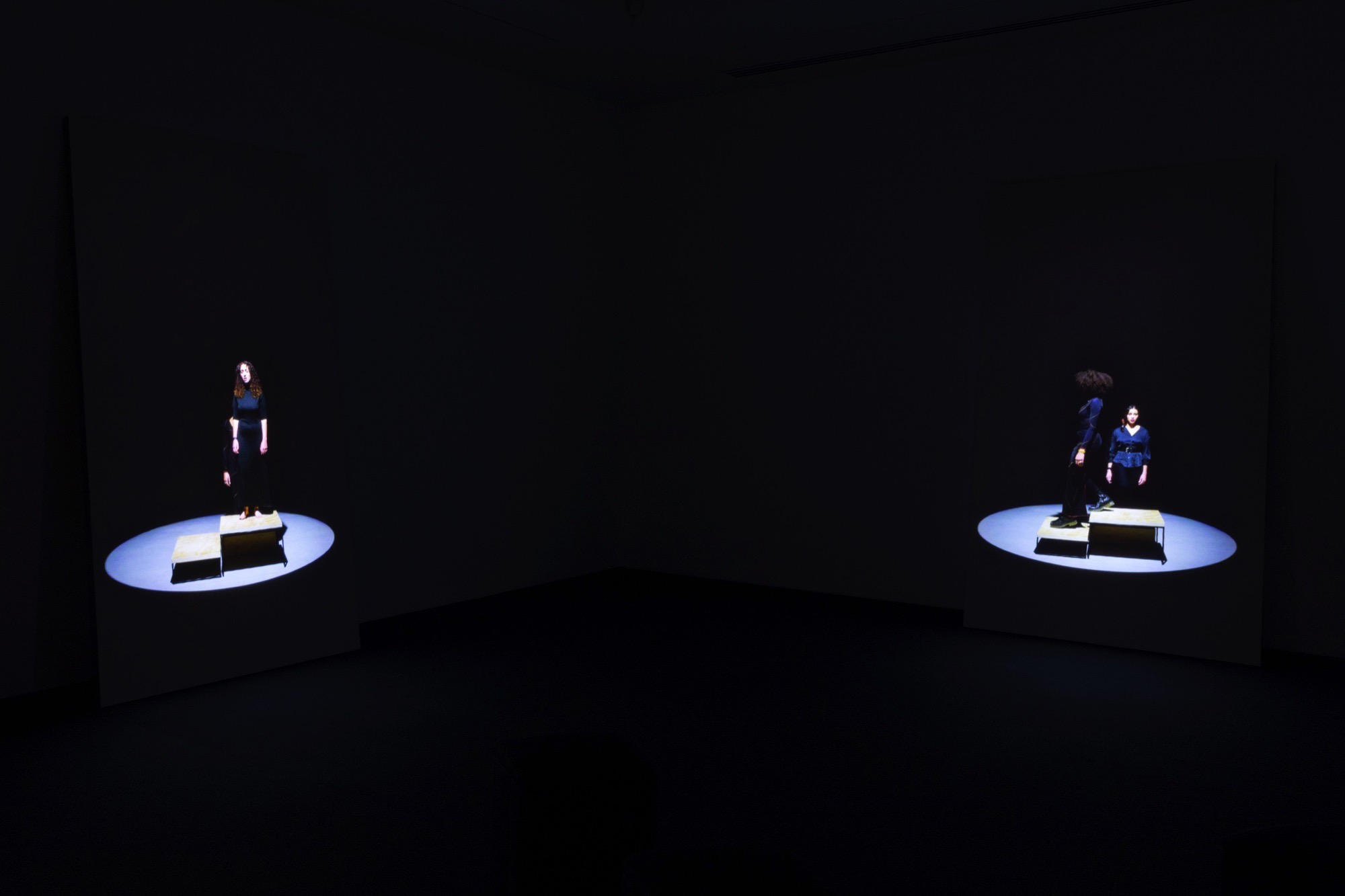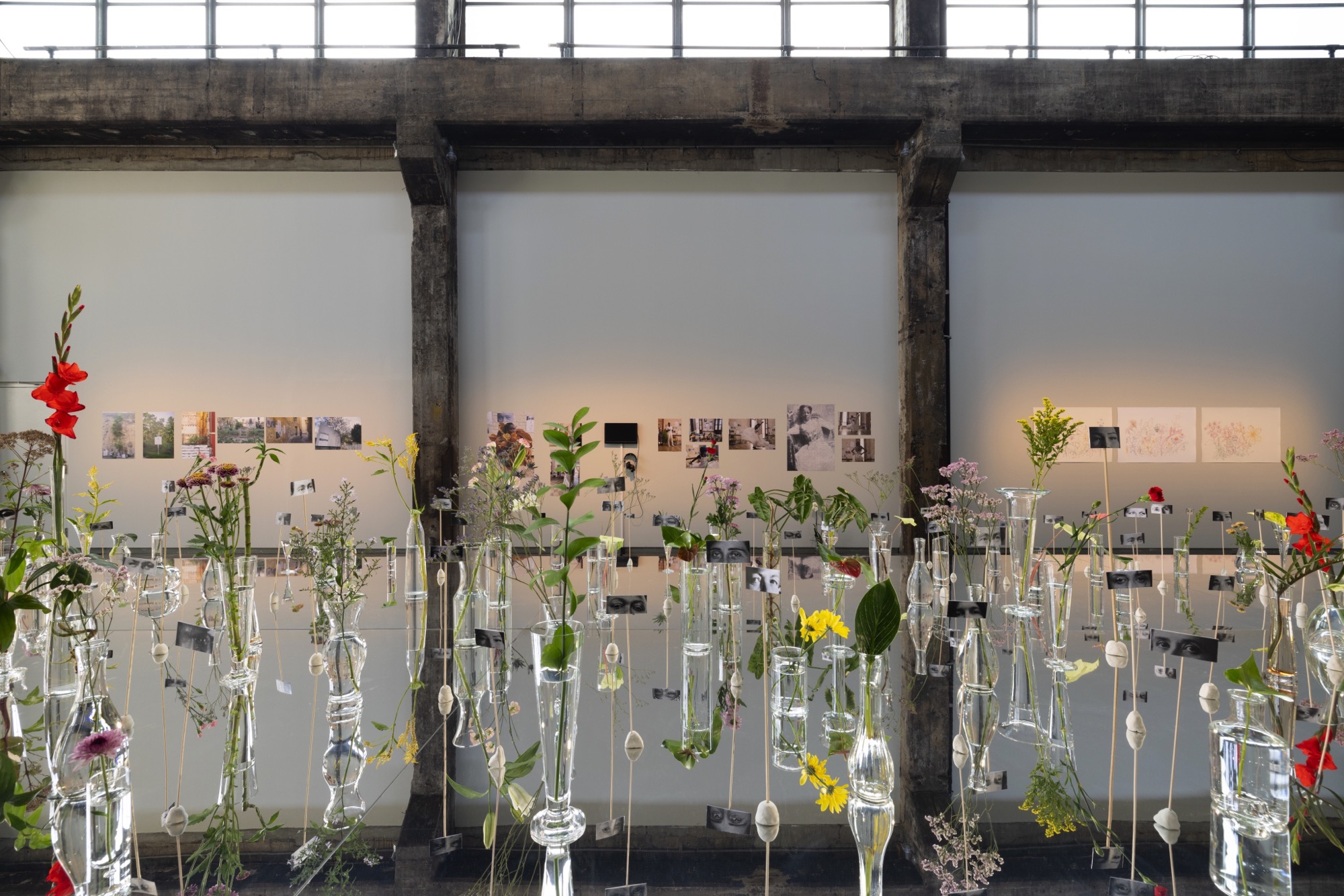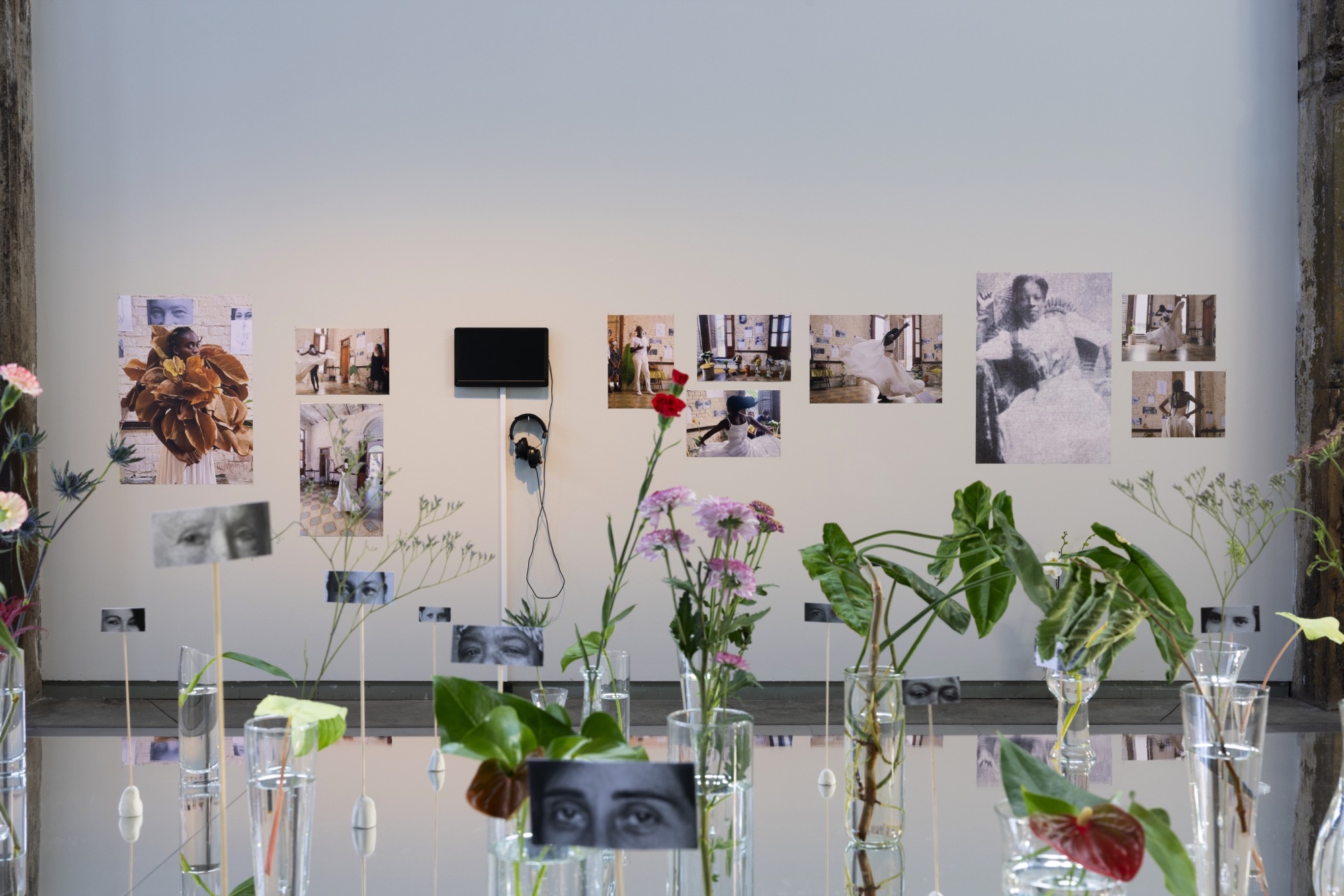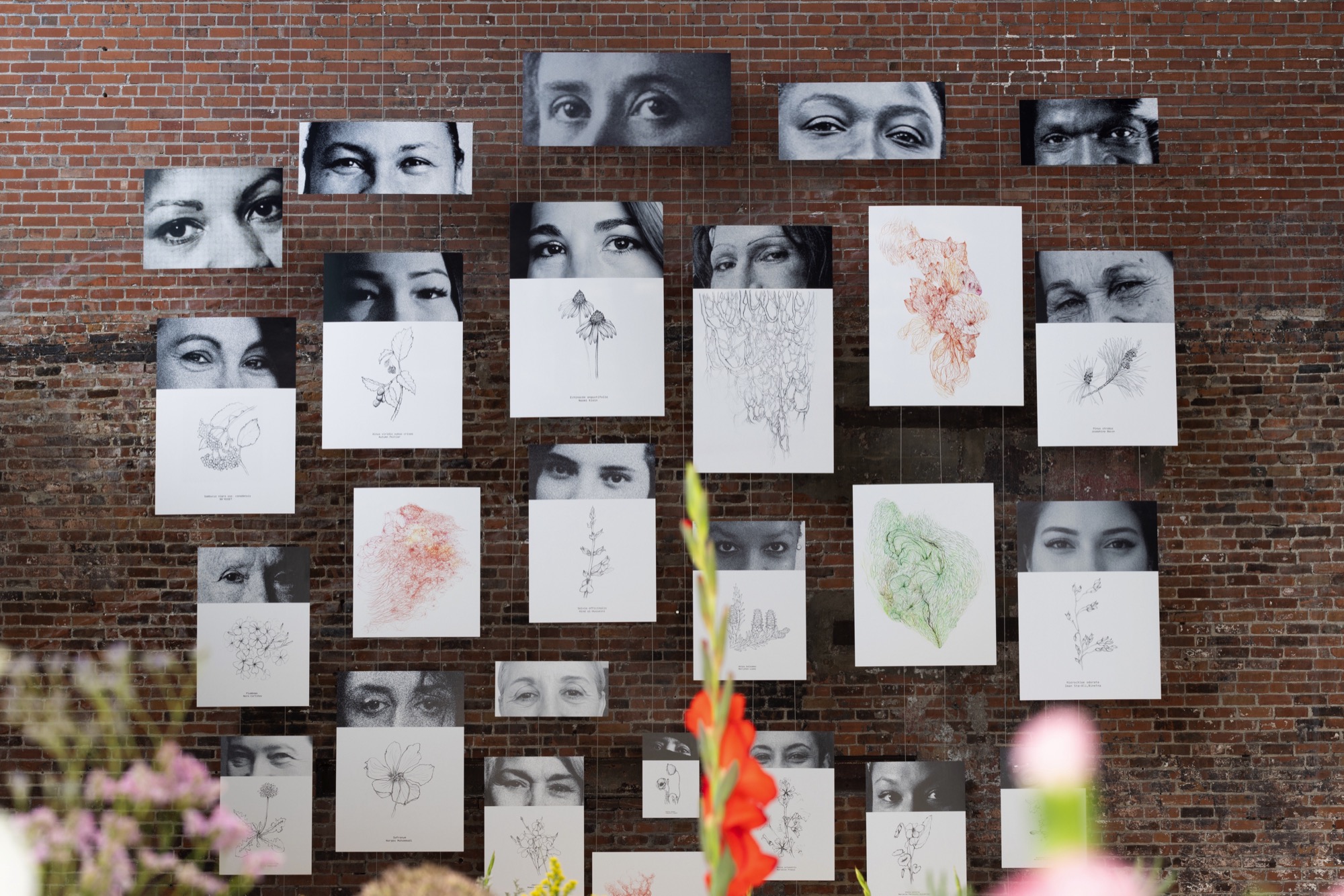[October 16, 2025]
In Praise of the Missing Image
MOMENTA Biennale d’art contemporain, Montréal
Fall 2025 and winter 2026
By Sylvain Campeau
This biennial event has undergone yet another transformation. Titled In Praise of the Missing Image, this year’s edition was the nineteenth holding of what was originally known as Le Mois de la Photo à Montréal. In 2017, it became MOMENTA Biennale de l’image, and it now styles itself a “contemporary art biennale.” In a sense, it is therefore taking over the spot left empty by the Biennale de Montréal, created in 1998 by Claude Gosselin, which last took place in 2016.
In addition, MOMENTA is turning away from what had been its raison d’être: providing an overview of the multiple states of photography. The change was in the air back in 2017, when it turned away from “photography” to the more general theme of “image.” As art was becoming more decompartmentalized, was it even still relevant to refer to a single medium, only to subsume it in a large-scale event? Various month-long photography events, held in numerous cities, had sprung up in the wake of a movement to elevate a medium that, it was felt, was too often overlooked. Can we claim that this is still the case today? I will leave such questions to the visitors to this year’s MOMENTA, who had an opportunity to ponder them as they strolled among works that made use of various image techniques, digital or not, displayed on screens and projections and in prints, ultimately leaving few media unexplored.
The guest curator, Marie-Ann Yemsi, set herself the mission of uncovering images that have been suppressed or forgotten, realities held secret or ostracized – all that has been, for one reason or another, tossed aside, left on the margins of the ideologically known and accepted. The twenty-three artists whose work was selected for the biennale testified to evasive realities. One might have worried, therefore, that some artists would get bogged down in too obvious a pedagogical or documentary approach. There was some of this in the exhibitions, certainly. But scenography and work on formal and aesthetic aspects remained the main principles on offer.
One example was Sanaz Sohrabi’s An Incomplete Calendar. Sohrabi, a Montreal-based Iranian artist, brought to light the origins and tribulations of the Organization of the Petroleum Exporting Countries (OPEC) from its foundation to more recent times. This work could have seemed pure documentary, but Sohrabi went further, showing how the organization attempted to represent itself through postage stamps issued by various countries to celebrate it. Reproductions of those stamps greeted viewers as the preamble to a film in which she contextualized efforts at decolonization by Arab countries based on the financial opportunities offered by the trade in oil – a commodity the West was endlessly eager to guzzle. She followed up with the landmark record album celebrating OPEC’s twentieth anniversary, Rhymes and Songs for OPEC, produced by Petróleos de Venezuela.
A similar desire to learn prevailed at Centre CLARK, where Myriam Omar Awadi, in a video that can only be called minimalist, featured the Comorian women who perform Debe, a clandestine ceremonial dance, executed here by moonlight. Long ago, such events offered a chance to make private confessions in songs and stories expressed far from all oppression, male or otherwise. The Fires Rekindled by Your Last Breaths (Movements I and III) brought them back to life.
There was a similar summoning of fundamental cultural traits in Raven Chacon’s show, Where the Waters Meet, at the Leonard & Bina Ellen Art Gallery. In his sound works and performance screenings, he tried to clear a path for the Navajo vision to find its way to us. World-creation stories formed the raw material for these pieces; here, speakers relayed an interwoven narrative and glass panels, with difficult-to-read text, offered a physical version.
Indigenous artists were well represented at MOMENTA. Martin Akwiranoron Loft, at the Centre d’art daphne, presented portraits of well-known members of First Nations communities. Around these portraits, arranged in a square, appeared another group of images taken during the National Day of Truth and Reconciliation in Montreal. Paul Seesequasis, at Optica, similarly displayed excerpts from his Indigenous Archival Photo Project. Pictures of lacrosse players, probably from the Haudenosaunee confederacy, stood in the centre of the gallery. Around them were more recent photographs, from the 1950s and 1960s, showing Inuit realities.
All of these presentations may help to decolonize the Western imagination in which we are still immersed. But there was more. The physical constraints inflicted on a handicapped body, a theme associated with queerness and imbued with a certain sensuality, were the subject of Caroline Mauxion’s Must Every Step Touch the Ground?, a project on view at the Galerie de l’UQAM. Also in that venue was a work of grieving, Elegy – for two ancestors, in which Gabrielle Goliath commemorated two displaced women murdered by the German colonial regime during the Ovaherero and Nama Genocide in Namibia. The work consists of a filmed vocal performance by seven opera singers, in a two-channel projection.
At the Fonderie Darling, Paula Valero Comin invited us to a presentation that was somewhat detached from the biennale as a whole but remained in communion with the familiar practices of collecting, gathering, and quotation. Rosa Luxembourg Resistant Herbarium refers to the eponymous German-Polish activist’s attraction to plants. Through drawing, video, installation, and participatory intervention, Valero Comin pays tribute to women who contribute to the protection of the living, associating each with one of these plants. She has therefore built, from iteration to iteration in different countries, a huge herbarium composed of real specimens, contained in an impressive installation. Added to the group were well-known figures from our own region, such as Joséphine Bacon.
Having experienced the biennale, it seems that its change of name actually opened it to current manifestations of art. Images were present because they are still central to many artists’ approaches. Today, though, drawing, painting, sculpture, photography, and videography are simply vectors – tools used, often in concert, to deliver a singular vision. The world is multiple and complex, after all; the works that seek to bear witness to this can only be the same. And they require various means, without showing a marked preference for one or the other. Translated by Käthe Roth
Sylvain Campeau contributes to many Canadian and European magazines. A poet and essayist, he published Écrans motiles with Les Presses de l’Université de Montréal in 2022. As a curator, he has organized some forty exhibitions. His play Bataille, Georges. Acéphale, was published by Pierre Turcotte Éditeur in 2025.

